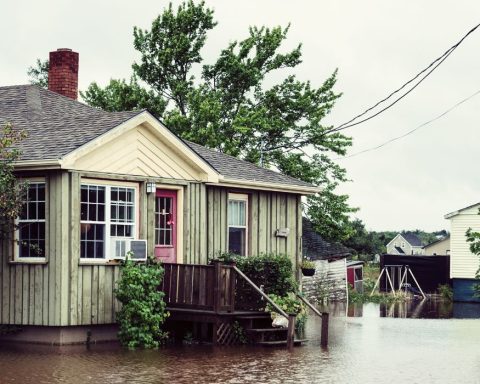In late March, the International Code Council (ICC), a non-profit in charge of updating energy codes in the United States every three years, delivered a big win for the gas lobby. The ICC was expected to include electric codes that would have made installing heat pumps and induction stoves in buildings more affordable but at the 11th hour stripped them out, going against the advice of its own experts.
The move was one of the latest victories for the gas industry and its supporters, who observers say have been emboldened by a 2023 Ninth Circuit Court of Appeals ruling that rolled back the country’s first municipal gas ban, in Berkeley. Since the northern California city introduced its ban on gas hookups in new buildings in 2019, 25 states have adopted prohibitions on municipalities approving their own gas bans, according to S&P Global Commodity Insights.
The appeals court decision has had somewhat of a chilling effect in some cities and states, worried they may also face legal challenges. Soon after the decision, Palo Alto, which introduced its own gas ban in 2022, said it would no longer enforce it. Others followed suit, including Berkeley.
Earlier this year, the court refused to hear Berkeley’s appeal of the decision. At the time, the Biden administration said it could “cast a cloud of uncertainty over any health or safety law that may indirectly affect someone’s ability to use a product for which the federal government has issued an energy conservation standard.”
New York State is also facing a lawsuit by gas and construction industry groups for its restrictions on gas infrastructure in most new buildings.
But not everything is going the gas lobby’s way. Gas bans have continued to spread and evolve in other parts of the country. On the east coast, several Maryland counties are introducing changes to building codes to ensure that heating in new buildings is all-electric. And late last year, local lawmakers in Burlington, Vermont, approved new requirements that developers use low-carbon or renewable sources of energy to heat their buildings or pay a one-time carbon fee for their expected life-cycle emissions.
Climate advocates are now regrouping, considering other types of action that they hope will curb the use of natural gas in buildings, which along with the construction sector accounts for 37% of global greenhouse gases, according to the United Nations. One of the main components in most natural gas is methane – a potent, heat-trapping greenhouse gas. “Learning from Berkeley’s ill-fated experience, cities across California and the U.S. west have already introduced different rules focused on energy performance,” Alastair Iles, a professor at the University of California, Berkeley, told The Guardian. “Cities can also set air pollution emission standards to favor electric appliances.”
Local leaders in California, who feel handcuffed by the appeals court decision, are trying to put pressure on Governor Gavin Newsom to implement state-wide electric building standards.
The idea is also spreading internationally. Last month, the European Parliament voted to approve new requirements that all new buildings be zero-emission starting in 2030.
In Canada, some cities in British Columbia, Victoria among them, have adopted a stringent provincial building code that will limit the greenhouse gas emissions of new buildings, effectively phasing out most fossil-fuel use. Come October, a ban will come into effect in Montreal on gas-powered heating systems, stoves and water heaters in most new buildings.
No municipalities in Ontario have implemented similar gas bans, but the province’s energy regulator gave Ottawa climate activists a win last year when it rejected Enbridge’s application to build a new gas pipeline in the city to replace an aging one. The regulator determined that repairing and retrofitting the existing pipeline would be sufficient at a time when the city is trying to wean itself off fossil fuels. Enbridge is looking to reopen its application, claiming it now has evidence to show that the old pipeline needs to be replaced.
When it comes to gas bans in the United States, it can sometimes feel like climate advocates take a step forward only to get shoved back three steps by the gas industry and its supporters. But local and state leaders in some of the most populous states in the country are finding creative ways to get around the roadblocks.







